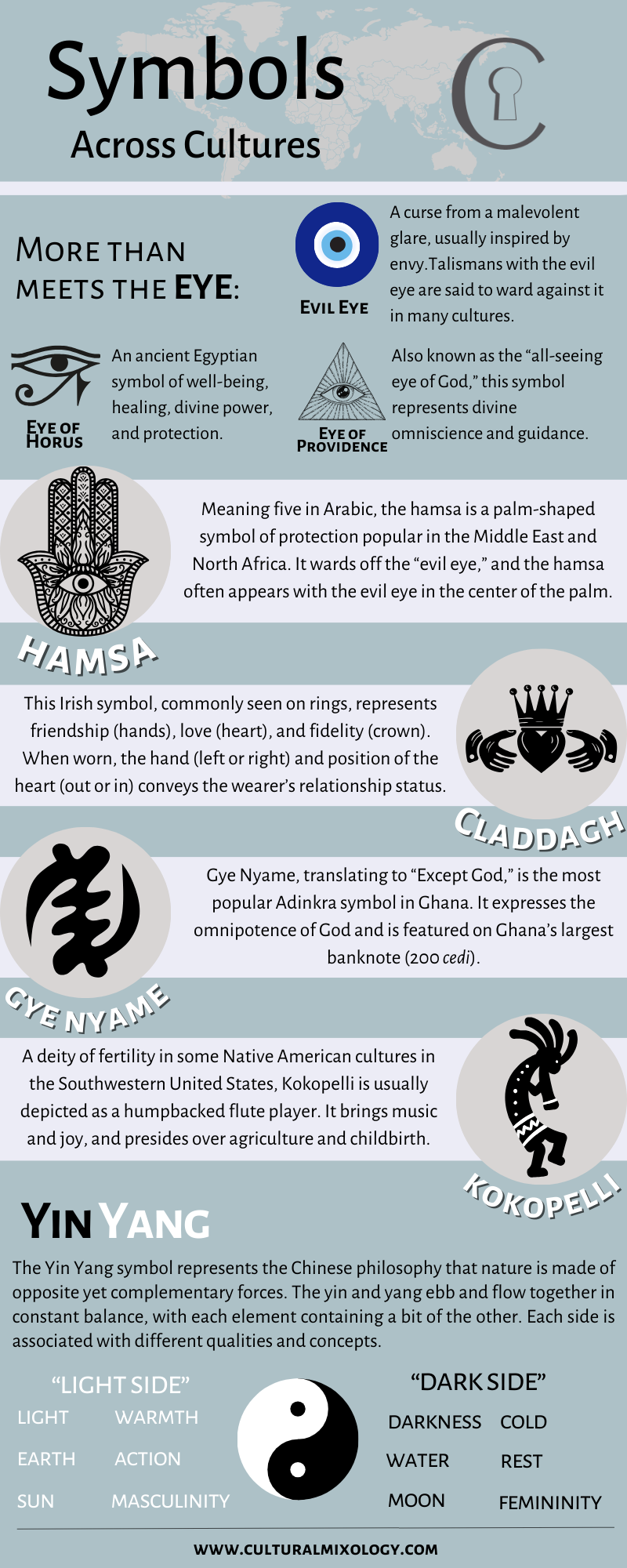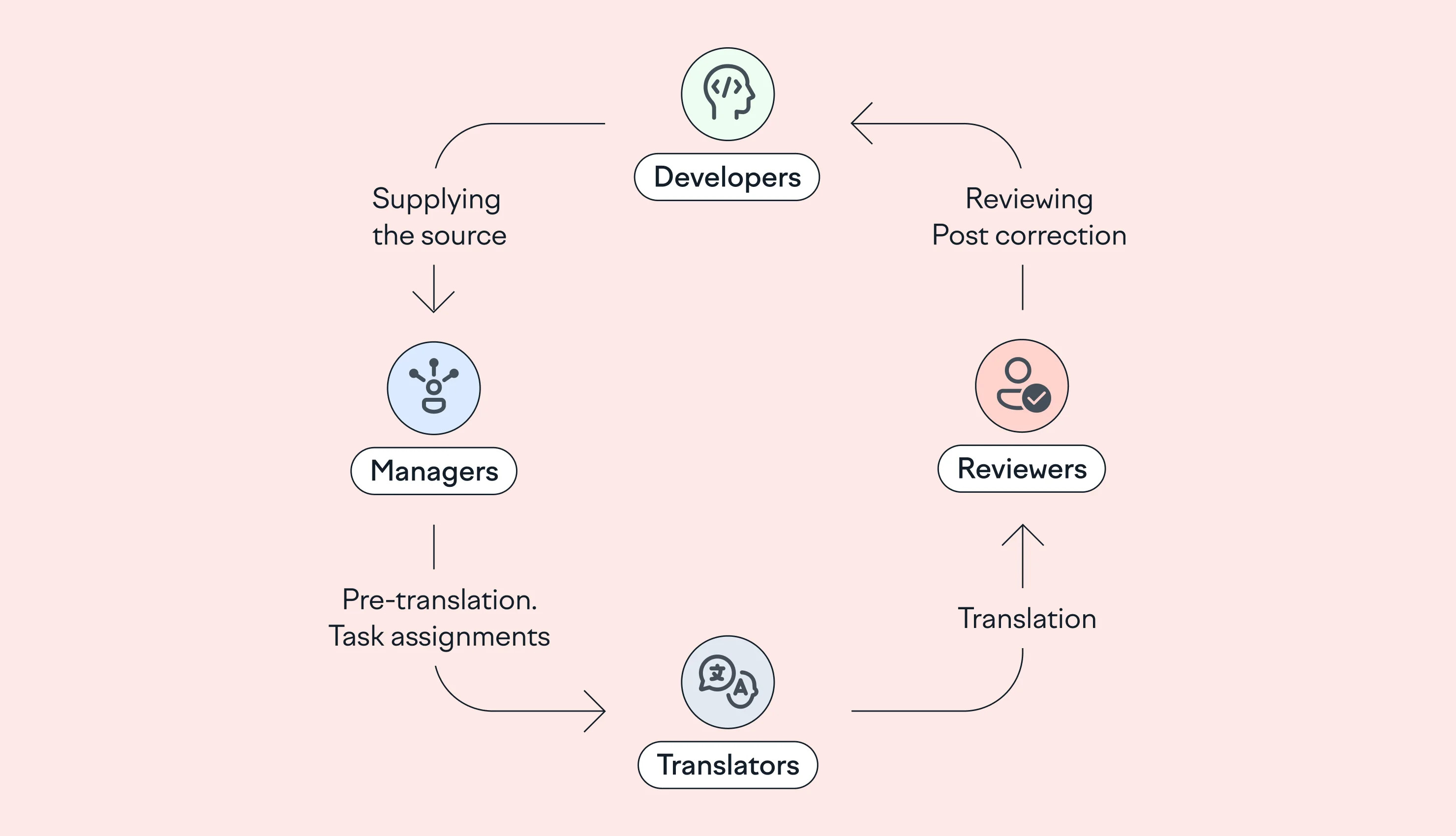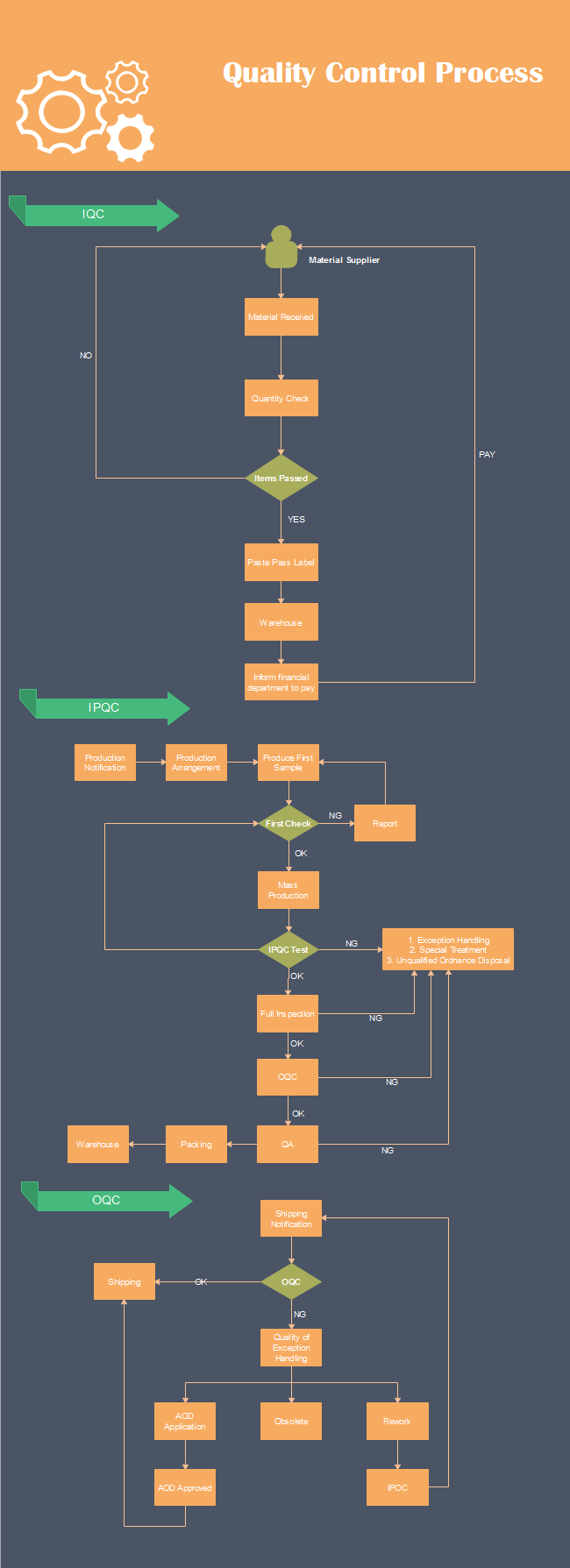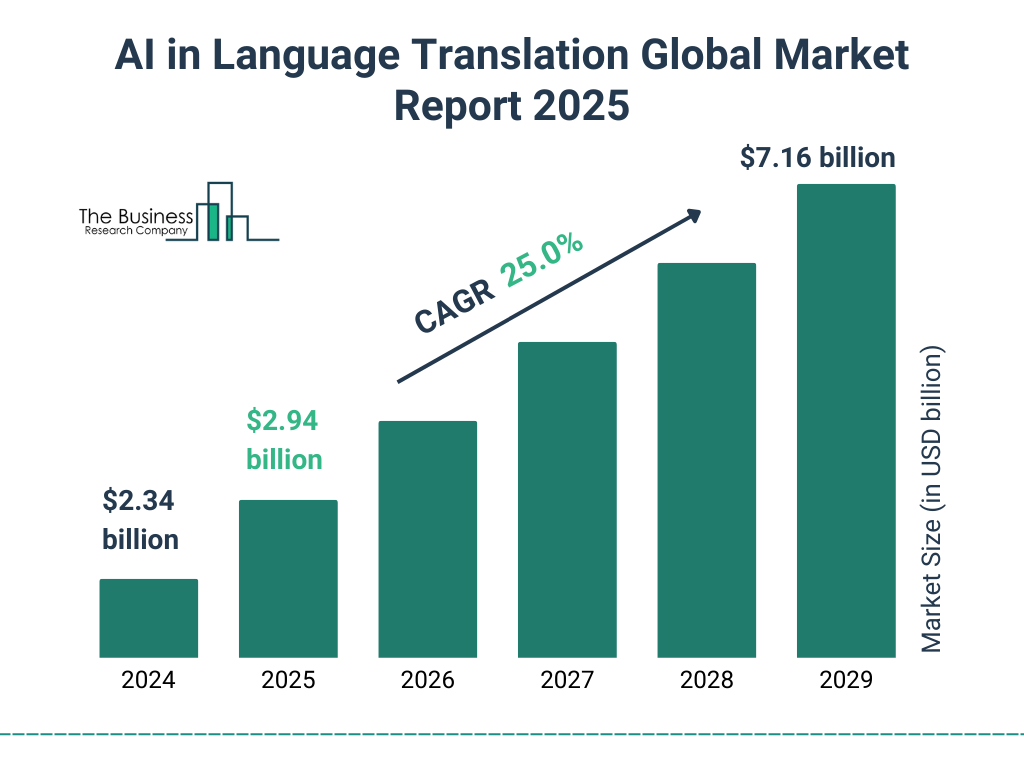Introduction
As global businesses expand their reach, the ability to connect with diverse cultures becomes increasingly important. In this context, scaling multilingual content presents both challenges and opportunities. It involves more than translating words; it requires a thoughtful localization process that ensures content resonates with local audiences.
Effective localization is essential for maintaining brand voice while adapting messages to align with the expectations of various demographics. This guide explores key strategies and best practices for global brands and content creators striving to scale multilingual content while ensuring cultural relevance.
Critical questions arise during this process, such as how to maintain a brand's voice in translation, how to ensure cultural appropriateness in content, and which tools can aid in streamlining the localization process. Furthermore, the guide addresses measuring success across diverse markets and integrating localization workflows with existing systems.
Overall, this guide aims to provide a comprehensive understanding of how to scale multilingual content without compromising on cultural sensitivity and significance, fostering deeper connections between brands and their global audience.
What Does It Mean to Localize Content Effectively?
Localization goes beyond mere translation, encapsulating the adaptation of content to fit the specific cultural, linguistic, and contextual needs of target audiences. While translation involves converting text from one language to another, localization ensures that the entire content experience resonates well with local cultures.
Key differences between translation and localization include:
-
Scope: Translation primarily focuses on text, while localization encompasses the entirety of the content experience, including images, design, and usability.
-
Cultural Adaptation: Localization requires a deep understanding of cultural nuances, idioms, and references. This is critical for creating content that truly resonates within a specific cultural context.
-
Technical Considerations: Localization must also take into account relevant technical requirements. This includes date formats, currency preferences, and operational norms, which can vary significantly across regions.
-
User Experience: Localization aims to create a seamless user experience, making content feel native to the audience.
Successful implementation of localization strategies necessitates thorough market research, prioritizing impactful content, and a blend of machine translation with human oversight. Engaging local experts can significantly enhance the quality and relevance of localized content.
Infographic highlighting the differences between localization and translation (Source: Lokalise)
How to Ensure Cultural Relevance and Sensitivity
A successful approach to scaling multilingual content necessitates prioritizing cultural relevance. Cultural sensitivity involves understanding and respecting local customs, traditions, and communication styles. By employing effective strategies, brands can create content that resonates positively with local audiences.
Strategies for ensuring cultural sensitivity include:
-
Conducting Comprehensive Cultural Research: This foundational step involves gaining insights into the cultural context of target markets, including values, taboos, symbols, and behavioral preferences.
-
Engaging Local Experts: Collaborating with in-country reviewers and native speakers is crucial for capturing linguistic subtleties and cultural nuances that could otherwise be overlooked.
-
Adapting Visual Elements: Visual content should reflect the cultural context of the target audience, as colors, symbols, and images can convey vastly different meanings across cultures.
-
Modifying Idiomatic Expressions: Direct translations of phrases may lead to confusion. Therefore, it's vital to adapt idioms and expressions to ensure they convey the intended message effectively.
-
Implementing Cultural Sensitivity Frameworks: Developing guidelines for language use and imagery selection can significantly improve the quality of localized content (Smartling).
Research indicates that 75% of consumers prefer to purchase products in their native language, and culturally adapted content can result in engagement rates that are up to 40% higher than non-localized alternatives. Therefore, prioritizing cultural relevance is essential for achieving marketing success.

Infographic showcasing various cultural symbols and their meanings (Source: Cultural Mixology)
Harnessing AI for a Streamlined Localization Workflow
Technological advances in artificial intelligence (AI) and machine learning (ML) have transformed the localization landscape, enabling organizations to enhance their multilingual content strategies significantly. Companies are increasingly adopting these technologies to streamline their localization processes.
Key AI tools include:
-
Neural Machine Translation (NMT): NMT models, such as Google's Transformer architecture, have become dominant in professional localization workflows, accounting for over 80% of machine translations according to a CSA report.
-
Large Language Models (LLMs): Tools like GPT-4 are increasingly utilized to automate aspects of content generation and improve translation fluency. Research from Nimdzi Insights found that 65% of language service providers incorporate LLMs into their workflows.
-
AI-powered Translation Management Systems (TMS): These platforms enhance localization workflows by automating tasks like content routing and project scoping, as well as providing quality predictions.
-
Contextual AI: These tools effectively maintain brand voice and manage terminology by understanding the context in which they are used.
The utilization of these technologies improves both the quality and efficiency of localization efforts. Businesses should explore and seamlessly integrate these AI tools into their operations to enhance the scalability of multilingual content creation.

Diagram illustrating how AI integrates into localization workflows (Source: Lokalise)
Testing and Measuring Success: The Metrics You Need
To determine the effectiveness of multilingual content strategies, organizations must establish and track relevant metrics. Monitoring these figures allows businesses to optimize their strategies continually.
Essential metrics include:
-
Language-Specific Engagement Metrics: Analyzing page views, bounce rates, and session duration by language can reveal insights about consumer behavior. For instance, content in Spanish often achieves longer session durations than English-language counterparts.
-
Conversion Rates by Language and Region: Tracking conversions, such as newsletter sign-ups and sales, offers clear indicators of how well localized content performs in various markets.
-
Customer Satisfaction and Retention Rates: Monitoring churn rates and satisfaction scores helps identify the effectiveness of localized content in addressing consumer needs.
-
SEO Metrics: Localized keyword rankings and click-through rates (CTR) are imperative for assessing the effectiveness of SEO strategies across different languages.
-
Return on Investment (ROI): Tools like Smartling’s ROI framework assist companies in determining the fiscal returns of their localization efforts.
A/B testing can be employed to compare the performance of localized content against generic versions, facilitating the identification of the most effective strategies. By continually analyzing KPIs, organizations can fine-tune their messaging to foster higher engagement and conversion rates.

Graph presenting B2B performance metrics (Source: CMI)
Quality Control in Localization: Best Practices to Drive Accuracy
To achieve high-quality, culturally relevant multilingual content, robust quality control measures must be implemented. The effectiveness of localization relies on maintaining accuracy throughout the content lifecycle.
Key strategies for quality control include:
-
Implementing Quality Assurance Frameworks: Utilizing standardized frameworks—like Multidimensional Quality Metrics (MQM)—can enable consistent evaluation of translations, raising quality scores significantly.
-
Utilizing Native-Speaking Reviewers: Working with native speakers provides valuable insights that help to identify errors that may go unnoticed by non-native reviewers.
-
Conducting Continuous Testing: Regular testing with local audiences, through methods such as A/B testing, can help highlight areas needing improvement regarding clarity and cultural alignment.
-
Automating Quality Checks: Employing automated tools to flag inconsistencies in terminology and grammar streamlines the quality assurance process.
-
Establishing Clear Quality Guidelines: Developing comprehensive style guides and glossaries enhances consistency and quality across different languages.
By implementing these quality control measures, brands can significantly enhance the accuracy and relevance of their multilingual content, leading to improved customer engagement and brand perception.

Flowchart illustrating quality control steps (Source: Edrawsoft)
The Future of Multilingual Content: Trends to Watch Now
As multilingual content continues to evolve, brands must remain vigilant in recognizing and adapting to emerging trends in localization and content strategy. Staying updated on these trends will enhance outreach to global audiences.
Key trends include:
-
Increased Reliance on AI: Predictions indicate that AI technologies will handle as much as 75% of translation work by 2025. This shift allows human experts to focus on higher-priority tasks such as cultural consultation and transcreation (CSA Research).
-
Adoption of Federated Learning: With data security concerns rising, federated learning methods enable enterprises to enhance AI models without compromising sensitive data.
-
Importance of Continuous Learning Systems: Implementing systems that adapt in real time based on user feedback will remain vital for maintaining high-quality translations.
-
Integration of Cultural Intelligence Training: Providing training on cultural differences and sensitivities will enhance the effectiveness of marketing strategies in diverse markets.
-
Tailoring Content Formats to Audience Preferences: Recognizing that different cultures prefer different content formats—such as video over articles—can significantly impact effectiveness.
Embracing these trends will better position brands in the competitive landscape of multilingual content, ensuring they remain relevant and effective in their outreach strategies.

Trend graph illustrating the expected growth of AI in localization (Source: The Business Research Company)
Conclusion
Scaling multilingual content while maintaining cultural relevance is a multifaceted challenge that requires thoughtful consideration and strategic implementation. Organizations must recognize the distinction between basic translation and comprehensive localization, tailoring their efforts to address the diverse cultural contexts of target audiences.
By employing best practices in cultural research, utilizing innovative technologies, monitoring vital performance metrics, and applying effective quality control measures, brands can build meaningful connections across linguistic borders.
In summary, those willing to invest in understanding local markets will reap the rewards of improved engagement, enhanced customer experiences, and successful international growth. This guide serves as a roadmap for global brands and content creators seeking to navigate the complexities of scaling multilingual content while ensuring cultural relevance, ultimately fostering deeper connections with diverse audiences worldwide.

Comments (0)
Sign in to participate in the discussion or .